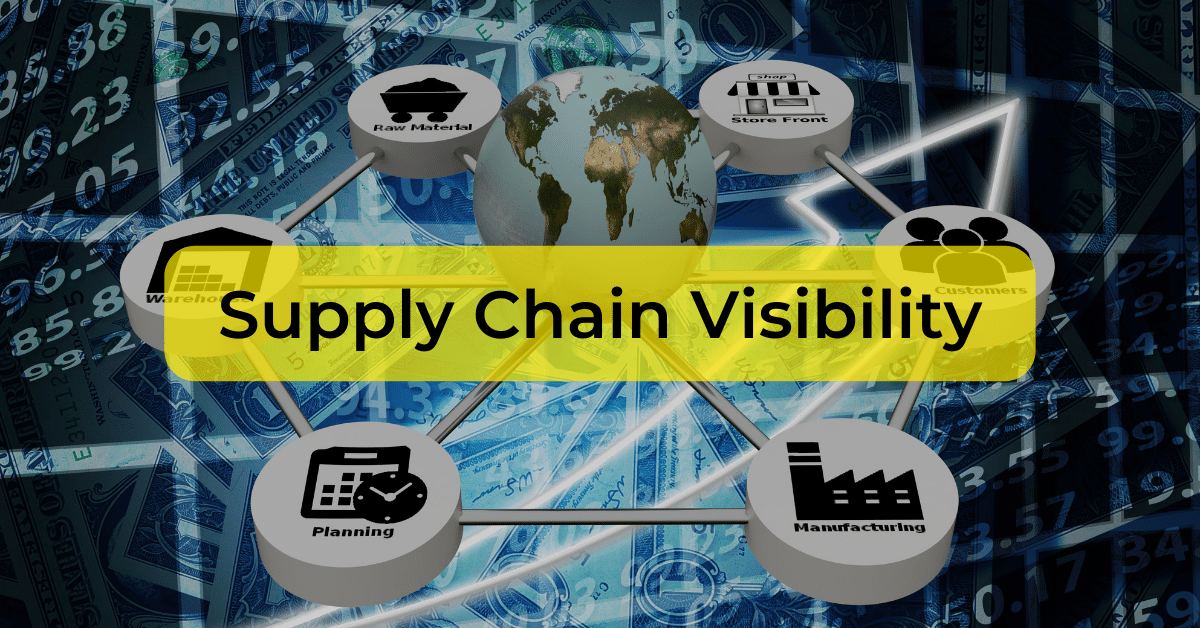In today’s rapidly evolving business landscape, end-to-end supply chain visibility stands as a cornerstone of operational excellence. It encompasses the ability to track and monitor every stage of the supply chain journey, from sourcing raw materials to the final delivery of products. This comprehensive visibility is crucial for enhancing supply chain efficiency, enabling businesses to respond swiftly to market changes, optimize inventory levels, and manage risks more effectively. Moreover, it plays a pivotal role in elevating customer satisfaction by ensuring timely deliveries and maintaining high-quality standards. As supply chains become more complex and globalized, the importance of achieving total visibility cannot be overstated. It is a vital component that not only drives operational efficiency but also fosters trust and transparency with customers.
Key Components of Supply Chain Visibility
Achieving end-to-end visibility in the supply chain requires a blend of several key elements. Firstly, real-time data tracking is essential for monitoring the movement of goods and identifying potential delays or disruptions. This involves the use of advanced tracking systems, such as RFID and GPS technologies, which provide continuous updates on the location and status of shipments.
Another critical component is the integration of information systems across all supply chain stages. This integration ensures that data flows seamlessly between suppliers, manufacturers, distributors, and retailers, enabling more effective coordination and decision-making.
In addition, analytics play a crucial role in interpreting the vast amounts of data generated by supply chain activities. Advanced analytics tools can uncover insights into operational efficiency, customer demand patterns, and potential bottlenecks, facilitating more informed strategic decisions.
The role of technology in enhancing supply chain visibility cannot be overstated. Emerging technologies like blockchain and IoT offer new opportunities for creating transparent and secure supply chains. They enable more accurate tracking of products, from origin to consumption, and help in building trust among all stakeholders involved.
By focusing on these key components, businesses can achieve a more transparent, efficient, and responsive supply chain, capable of meeting the challenges of the modern business environment.
Implementing Visibility Strategies
Establishing End-to-End Visibility in the Supply Chain
- Assessment and Planning: Begin with a thorough assessment of your current supply chain processes to identify visibility gaps. Develop a strategic plan that outlines your visibility goals and the steps required to achieve them.
- Technology Integration: Implement advanced tracking and monitoring systems like RFID, GPS, and IoT devices. Ensure these technologies are compatible with your existing systems for seamless integration.
- Data Management: Establish robust data management protocols. Collect, store, and analyze data effectively to gain actionable insights.
- Partner Collaboration: Work closely with supply chain partners to ensure data sharing and transparency across all stages.
- Continuous Monitoring and Improvement: Regularly review your visibility strategy. Utilize data analytics to identify areas for improvement and adapt your strategy accordingly.
Top Tools and Technologies for Supply Chain Visibility
- RFID Technology: Provides real-time tracking of products throughout the supply chain. Its benefits include improved inventory management and reduced loss and theft.
- GPS Tracking Systems: Offer precise location tracking of shipments, enhancing delivery accuracy and optimizing route planning.
- IoT Sensors: Collect a wide range of data from supply chain assets, providing insights into conditions like temperature, humidity, and handling.
- Cloud-based SCM Software: Facilitates data integration and accessibility, allowing for better coordination and decision-making.
- Blockchain Technology: Offers a secure and transparent way to record transactions, improving trust and traceability in the supply chain.
Each of these tools and technologies plays a crucial role in enhancing supply chain visibility, offering unique benefits that can significantly improve the efficiency and reliability of supply chain operations.
Future Trends in Supply Chain Visibility
The future of supply chain visibility is poised for transformative changes driven by emerging technologies and evolving business needs. Experts predict an increased integration of AI and machine learning for predictive analytics, providing deeper insights into supply chain operations. The adoption of IoT and advanced sensor technologies will enhance real-time tracking and monitoring. Blockchain is expected to play a significant role in ensuring data security and transparency. These technological innovations will enable more proactive and agile supply chain management, accommodating rapidly changing market demands and complex global logistics networks.
Some FAQs Answered On The Relevant Topic
How can companies overcome challenges in achieving supply chain visibility?
Overcoming challenges involves investing in the right technologies, fostering collaboration among all supply chain stakeholders, and continuously updating processes to adapt to new developments.
What are the best practices for measuring the effectiveness of supply chain visibility?
Effective measurement includes regularly tracking key performance indicators, leveraging data analytics for insights, and conducting periodic reviews to assess the impact of visibility strategies.
What should companies focus on to maintain supply chain visibility?
Maintaining visibility requires continuous investment in technology upgrades, training staff on new systems and processes, and staying abreast of emerging trends in supply chain management.
In conclusion, end-to-end supply chain visibility is not just a functional necessity; it’s a strategic imperative in today’s complex business environment. Its significance lies in enabling businesses to respond swiftly to market changes, manage risks effectively, and meet customer expectations consistently. As supply chains continue to evolve, the need for visibility will only intensify. Companies must therefore prioritize enhancing their visibility capabilities, continuously seeking improvements and adapting to technological advancements to stay competitive and resilient in the face of future challenges.

